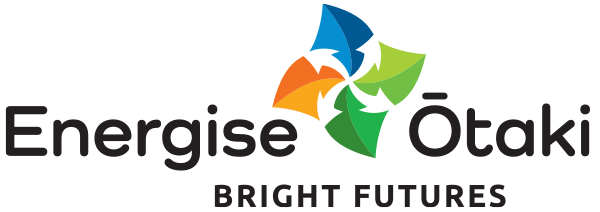Baseline Data
In 2012 Kāpiti Coast District Council commissioned a study on energy use in Ōtaki, along with a snapshot of available and emerging technology paths from technology experts Greenchip. The report found that Greater Ōtaki uses approximately 161 gigawatt-hours per year – as much energy as running 6,000 bar heaters non-stop:
- only one quarter of this energy is electricity.
- petrol and diesel combined had the biggest share at 55% of the total.
- petrol and diesel were the least efficiently used, with only 14% of their total energy being turned into useful power.
Overall, Ōtaki is only 37% efficient in terms of energy being turned into useful power or heat. This shows a huge potential for improving energy efficiency.
Ōtaki produces some of its own renewable energy – firewood, sourced mainly locally. This makes up 6.5%. All other energy comes from outside Greater Ōtaki.
Greenchip identified energy saving solutions, such as home insulation, better heating, cutting down on car use and LED lighting as some of the best ways to reduce energy demand in Ōtaki.
The study highlights some exciting technology developments from around the world, such as giant funnels that direct the wind into compact, ground-level turbines and exotic processes for turning organic wastes into liquid fuels.
Otaki College Energy Audit
It was identified in mid 2013 that there were real benefits in supporting the aspiration of Ōtaki College in relation to its desire to become a centre of excellence around its sustainable teaching programme and its employment pathways aspirations for the students. To get an idea of College energy use a Level 1 audit was carried out.
Commercial Areas: Energy Needs Data
During 2015/2016 the interns surveyed all the shops and buildings in the Main St and on the Highway to assess total energy demand and assess options for combined local renewable energy supply. The results are interesting and useful but given the pattern of ownership and occupation, it was difficult to design technical options which were financially useful.
As technology develops, especially for local distribution this will be revisited. In the meantime the data proves a useful baseline for understanding energy consumption in the town.
Solar and Wind Generation Data
Real time information is available for the solar PV installations at the Ōtaki Service Centre, the College and at the Ōtaki Central Technology Park (along with wind generation at that site) which provide useful local data on energy production. As each large installation is built access to production data will be available in real time.
